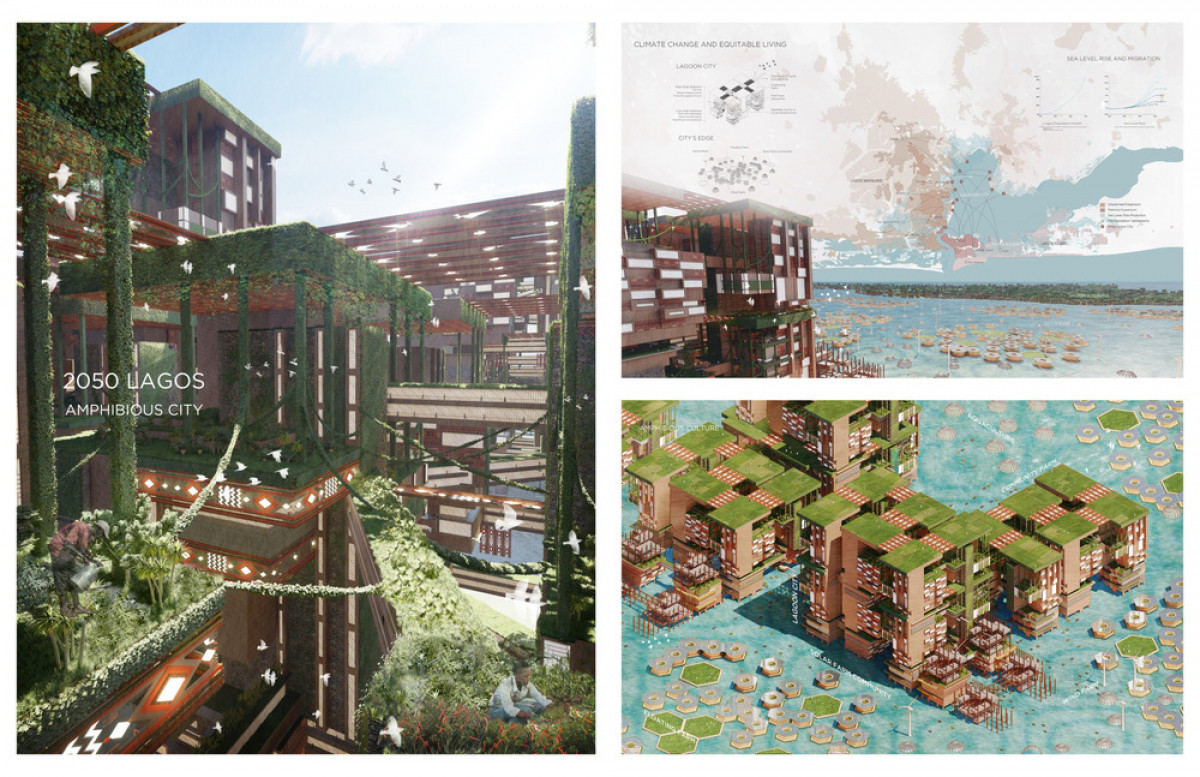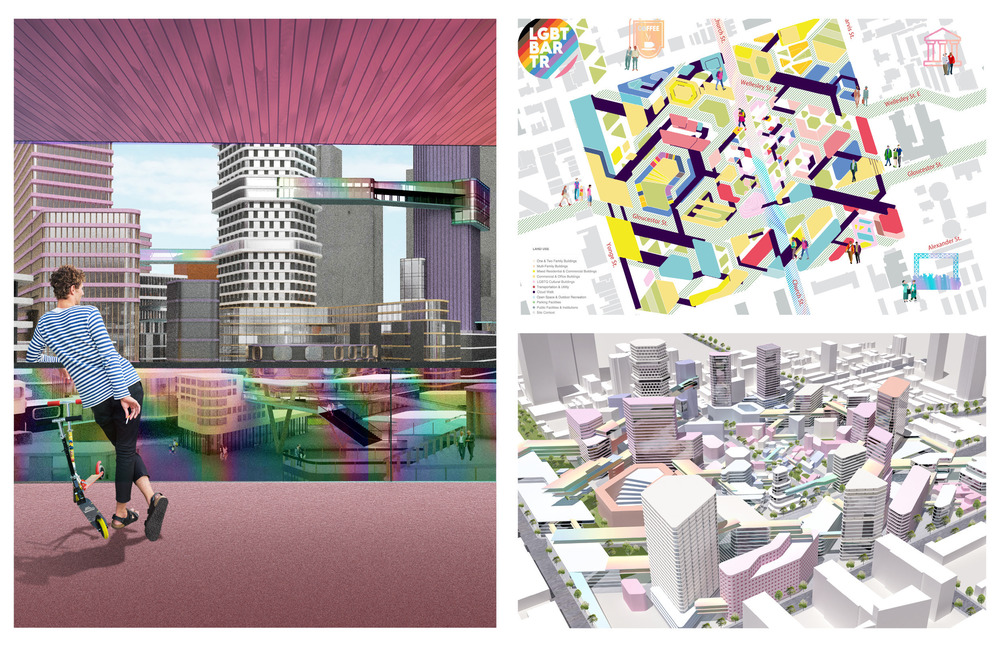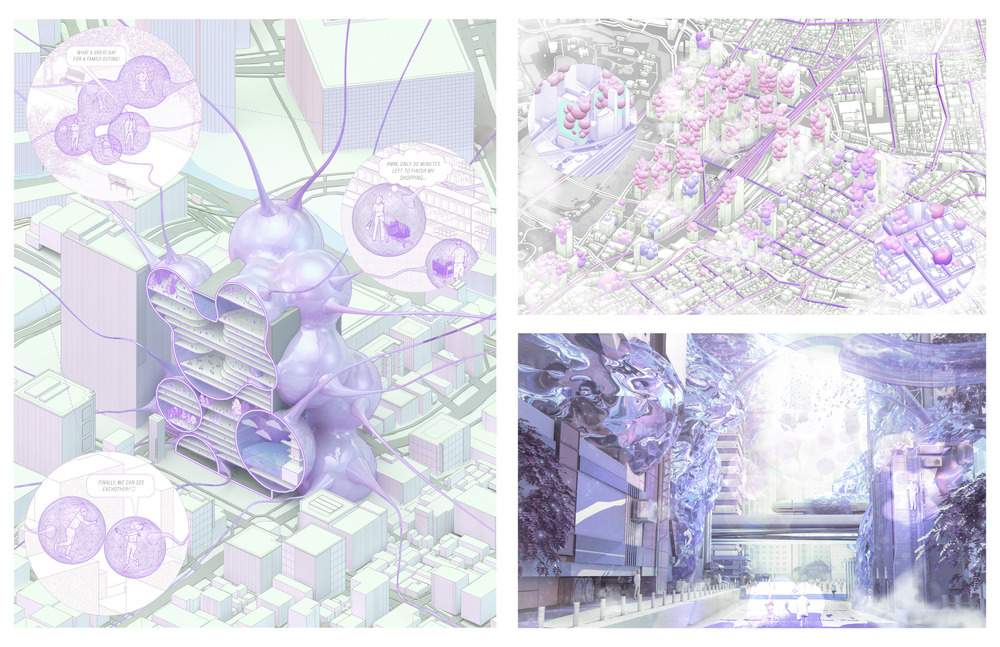24 Mar 2021

The School of Architecture, Planning and Landscape (SAPL) at the University of Calgary has launched its second international design ideas competition, asking: How can designers intervene in borders?
Borders are spaces of transition. Whether political and imposed through human agency, or natural and made manifest through geographical features, borders are associated with civilization’s greatest challenges. How we choose to choreograph and intersect these transitional spaces will reveal much about our priorities.
The competition asks entrants to consider the opportunities, challenges, and complexities latent within borders and propose new paradigms. Participants can choose any type of border, define a friction that presents a programmatic opportunity, and propose a design that impacts the agents (human or otherwise) that are affected, influenced, or in proximity to that border.

“As humanity wakes from the immobility that has been imposed by the pandemic, the relationships that govern our world will look much different than those of just one year ago. In this transitionary phase to new tomorrows, borderlands hold immense potential as microcosms of civilization. This competition tackles a timely topic that seeks to examine urgent questions.” - Alberto de Salvatierra, assistant professor with the School of Architecture, Planning, and Landscape and CBDX chair.

Converging crises over the past year including the global pandemic, racial divides, geopolitical conflict, and the climate emergency demand a clear focus on society’s challenges and vulnerabilities.
“Confronted with an unprecedented number of calamities and injustices, we need to reconsider how design can challenge the nature of borders and participate in their reconsideration. We have a responsibility to understand and shepherd positive future change that questions and potentially bridges these lines of division. We’re pleased with the ideas generated from our previous competition, CITIES FOR ALL, which speculated on new approaches for equitable, diverse, and inclusive cities; we challenge everyone — including designers, planners, policy-makers, humanitarians, and social scientists — to respond to the global condition of borderlands.” - Dr. John L. Brown, Ph.D., Dean of the School of Architecture, Planning, and Landscape.